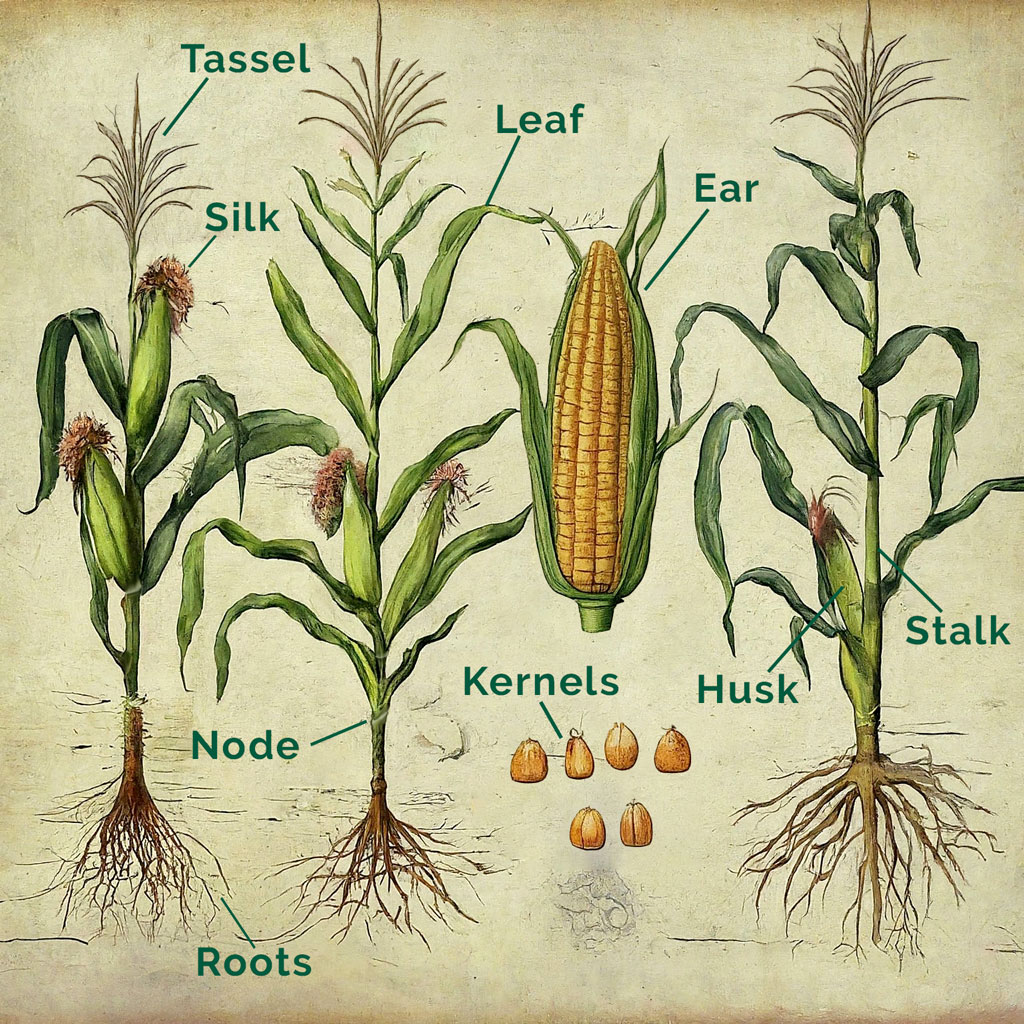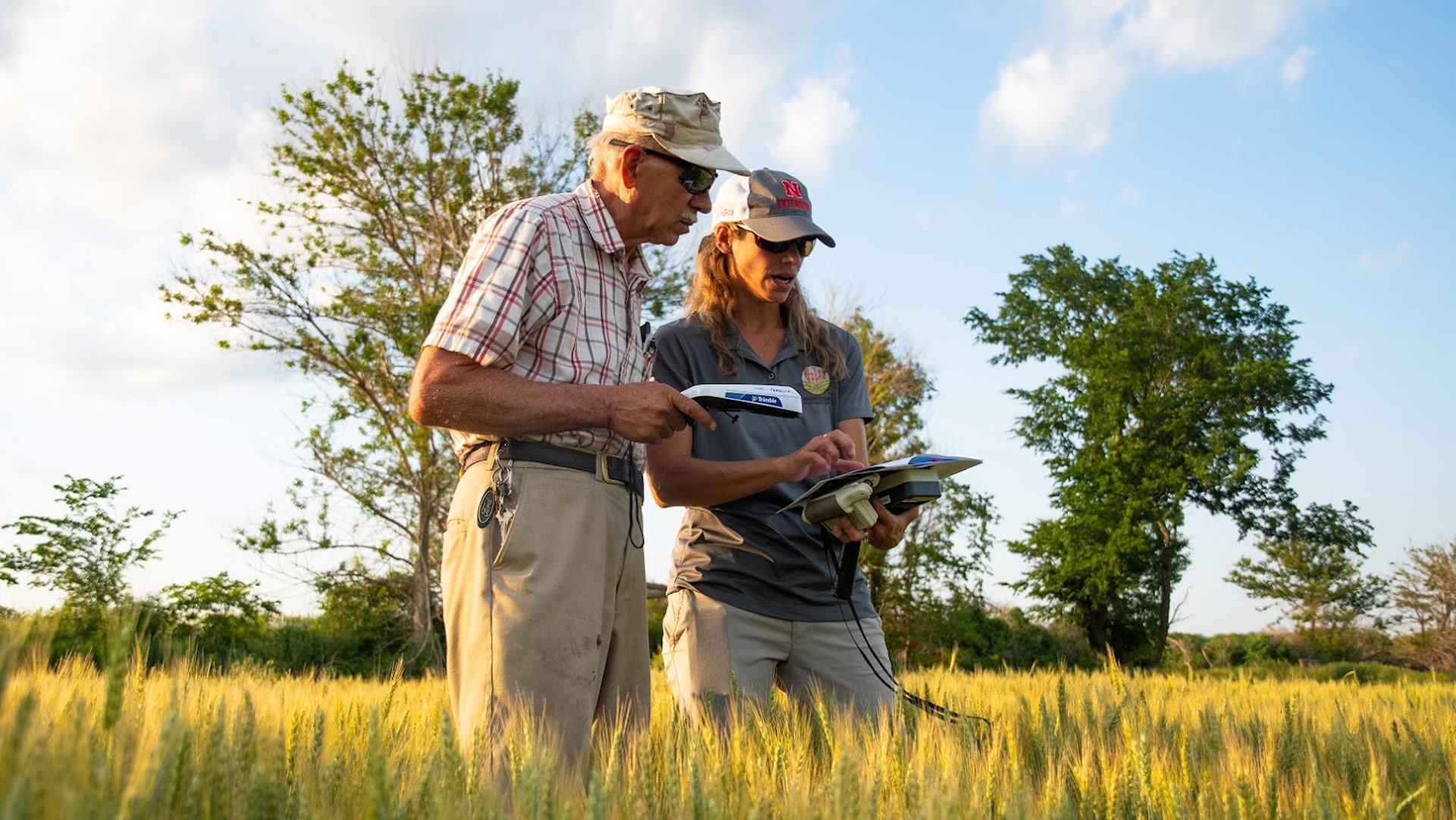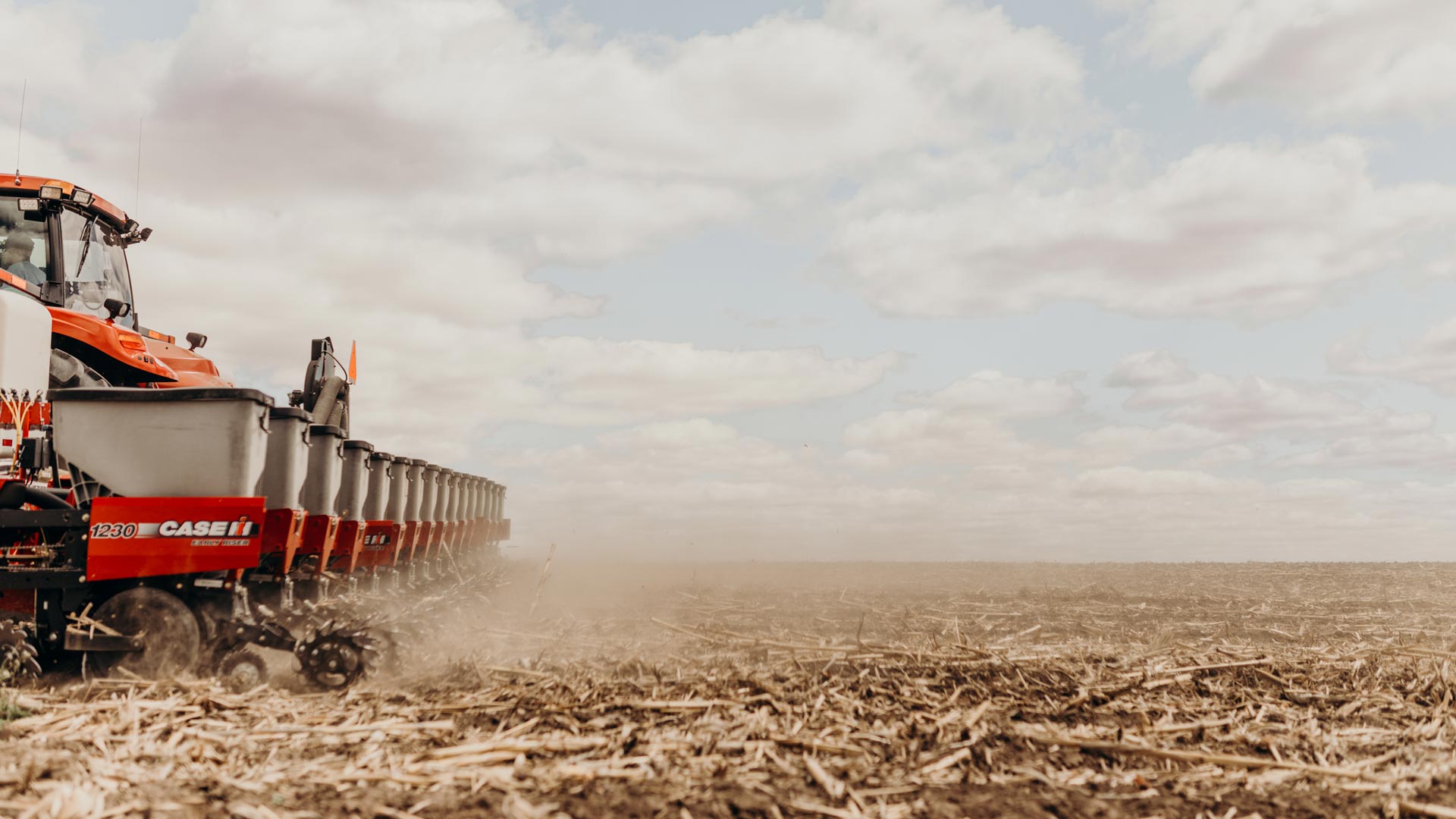Whenever you dip a crispy tortilla chip into guacamole or dig into a pile of buttered sweet corn, it’s a moment of deliciousness made possible by corn farmers. Chances are the corn in those products was raised on a family-owned farm.
Nebraska has a rich history of family farming. Today, Nebraska’s family farms power the state’s agricultural industry and are a major driver of the cornhusker state’s economy.
How Many Farms Are in Nebraska?
There were 45,901 farms in the state in 2018, according to a study by the University of Nebraska-Lincoln. Nebraska’s farmers raise more acres of corn than any other crop. The state leads the country in the production of white corn and popcorn, and also is the third-highest producer of field corn in the nation.
How Many Family Farms Are in Nebraska?
Ninety-eight percent of Nebraska’s farms are operated and run by families, which means the majority of the farming business is owned by members of the same family. There were 44,841 family farms in Nebraska in 2018.
Nebraska Family Farms Have Strong Roots
Many of Nebraska’s family farms have been in operation for generations.
More than 9,000 Nebraska families have received the Aksarben Foundation’s Pioneer Award, which recognizes families who have held continuous ownership of their farm for at least 100 years. In addition, more than 100 families have received the Heritage Farm Award, which honors those with a family-owned farm for at least 150 years.
Which States Have the Most Family-Owned Farms?
Roughly 96 percent of the two million farms across the country are family farms. Family farms are far and away the majority of operations in all states. The parts of the country with the highest percentage of family farms are the South and New England.
Why Are Family-Owned Farms Disappearing?
Farming is an extremely rewarding profession that provides a great way of life for families, but today’s farms are under pressure. The number of farms of all kinds peaked in 1935, and for the most part has dropped ever since.
Economic pressures like the rising cost of production and increasing cost of farmland — which in Nebraska in 2022 rose for the third straight year to an average of $3,360 per acre — are challenges all farmers must face. Family farms, which statistics show tend to be smaller operations, are especially vulnerable.
Other stressors on family farms include:
* Urbanization. As cities and suburbs continue to sprawl, farmland around the edges of these municipalities becomes valuable as the possible location of housing developments and other projects. As it becomes more valuable, it may be bought by these developers and taken out of farm production, and as a result drive up the price of surrounding land as well. That can make it difficult for farmers to find land they can afford to buy or rent for their operations.
* Declining Rural Population. Though there was a resurgence in businesses allowing remote work during the COVID-19 pandemic, rural America has experienced a longstanding trend of young people leaving more remote areas to pursue education and obtain higher-paying jobs in metro areas or cities. As they leave, there are fewer people to stay and continue the family farm.
* Aging Farm Population. Of the 44,841 family-owned farms in Nebraska in 2018, more than 4,600 farms — or roughly 10 percent — were run by someone who was of retirement age. If the children, grandchildren or younger relatives of older farmers don’t join the family business to continue its legacy, those farming operations are at risk of going away once the operator stops farming.
The Future of the Family Farm
Though there are challenges, family farms will continue to be a major force in the economy of Nebraska and play an important part of the nation’s trade and commerce. The family legacy they hold is vital as many of these farms are centuries old with one family passing down the farms, work ethic, and passion for generations. They are stewards of the land they farm and the animals they raise, and family farms as an important part of the fabric of communities across the state and around the world.
Related Posts
Corn Farming: How Smart Farming Is Sustainable Farming
Sustainability is at the heart of modern agriculture and key to promoting responsible stewardship of natural resources to ensure the long-term viability of Nebraska’s family farms.One of the ways Nebraska’s corn farmers increase sustainability is [...]




